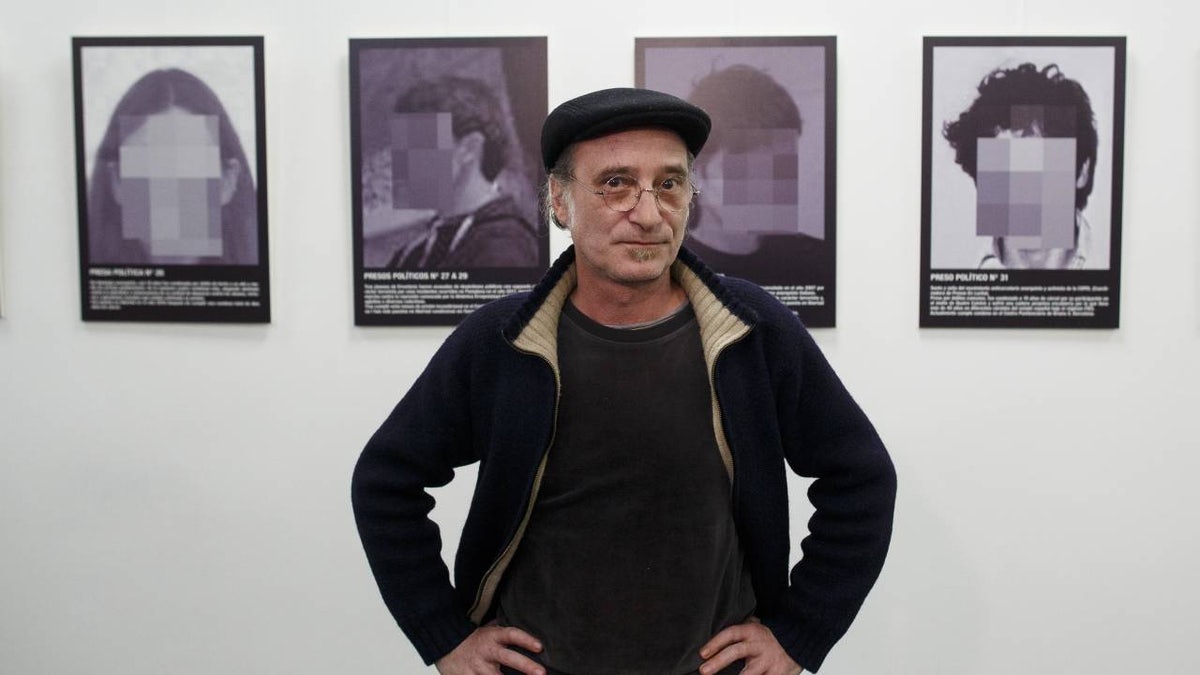Santiago Sierra‘s pitch for Dark Mofo is the latest in a repertoire of confronting performance art pieces the Spanish artist has been curating and presenting throughout his career. With the latest request for First Nations people to give blood so he can soak the British flag in it to complete his work, Union Jack, many believe he has once again stepped over the line from provocative to exploitative.
This is not the first time Sierra has used and abused creative and artistic freedom for a piece and found himself met with furious backlash or people believing that he’d pushed the envelope too far.
In 2000, Sierra raised eyebrows with his piece, 160cm Line Tattooed on 4 People, where he paid four sex workers with heroin addictions the price of a single shot (around 12,000 Spanish pesetas at the time) to give their consent to be tattooed and filmed.
In the 30 minute video, the women – their flesh Sierra’s canvas – smoked, chatted and watched on as the tattoo artist inked the horizontal line across their backs, while two men in dark clothes periodically appeared with tape measures to check the length of the line.
Though not illegal – the women gave consent and were financially compensated for their time – the piece plays in the ambiguous grey space between confronting art and abuse. Art scholar Ivana Dizdar explored this grey area Sierra continues to take advantage of in her 2019 essay, Toward Art, Toward Torture: Drawing The Line In The Work Of Santiago Sierra. In it, she argues that Sierra’s “problematizing the distinction” between art and torture, complicating the limits of art itself.
Read the article by Courtney Fry in Pedestrian TV.

